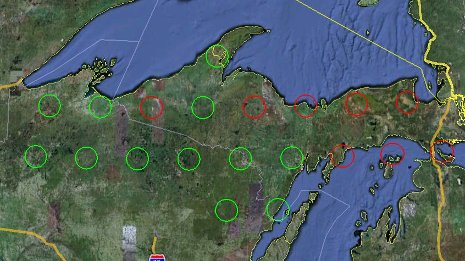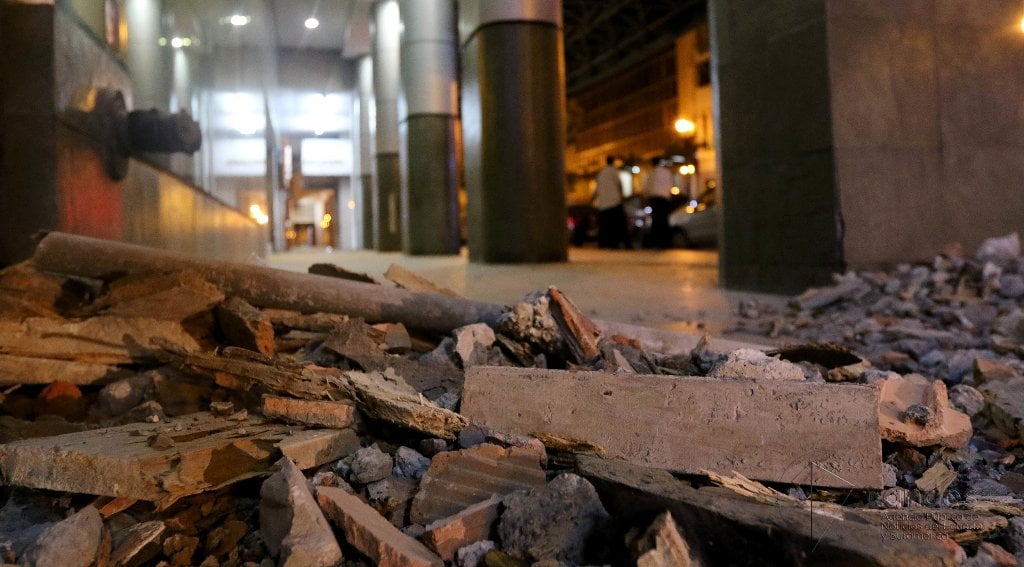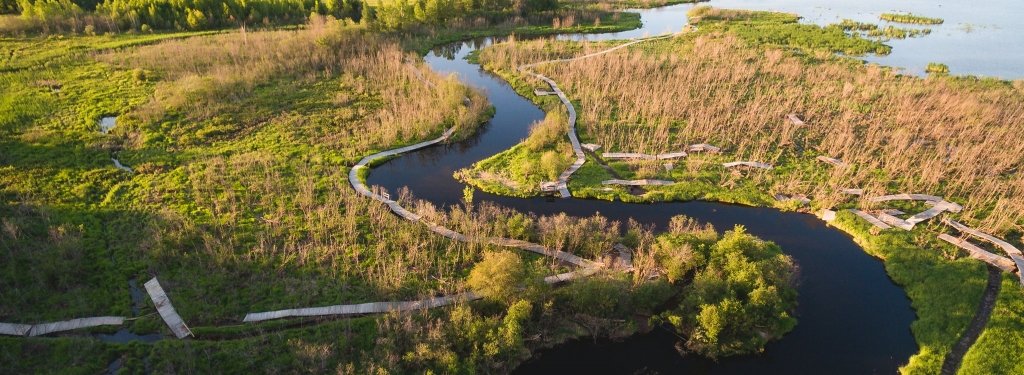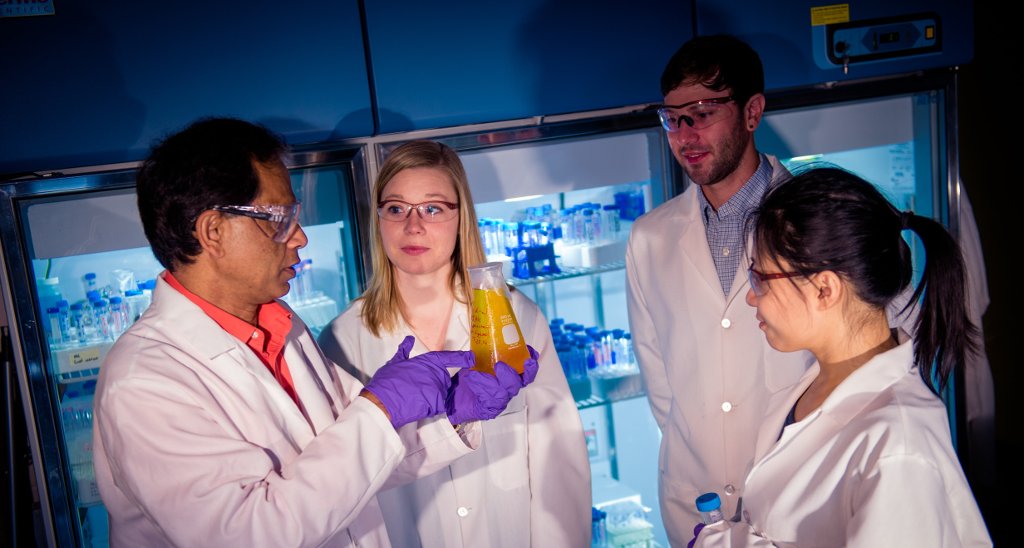Project Seeks a Better Image Inside Earth

Scientists are installing underground seismographs across the US to glean better information about the Earth’s interior, and Michigan Tech is deeply into it.
Greg Waite, assistant professor in the geological and mining engineering and sciences department, is part of the USArray project, which seeks to characterize deep earth structure and the source of earthquakes.
“Many people are surprised to know how much we can learn about earthquakes and Earth structure by recording them in the Upper Peninsula,” says Waite. “Signals from moderate to large earthquakes all over the world produce energy that propagates through the deep Earth and can be recorded anywhere.”
The Transportable Array, part of a project called EarthScope, funded by the National Science Foundation, is placing 400 of the broadband seismometers across the US in a grid pattern. The seismometers are sunk seven feet in a 42-inch diameter tank with concrete base. Each recording station also features an eight-foot mast with solar panels, and they'll be used for two years.
The stations have been placed, moving west to east, since 2004 and will eventually occupy about 2,000 locations across the continental United States and Alaska over a 10-to-12-year period.
By analyzing the data from the sensors, scientists can learn about Earth structure and dynamics and the physical processes controlling earthquakes and volcanoes, Waite says. Each station will also record low-frequency pressure in the atmosphere to enhance understanding of atmospheric structure.
Two students from Michigan Tech, Marika Dalton and Andrea Dixon, have spent the summer finding locations for the seismic stations in the UP and northern Wisconsin.
“It was really interesting, due to the requirements of placing a station,” Dixon said. “The stations had to be away from trees, roads, and marshy areas—which in many cases left very few places to put a station. We got to talk to a lot of people, and they taught us as much about the land and areas they lived in as we told them about the project.”
Michigan Tech’s involvement has just begun and will include helping place stations
in the upper Midwest in 2011.
“This project has just started in our region. I’m looking forward to a involving a
lot of our students in this work over the next several years,” Waite says.
Michigan Technological University is a public research university founded in 1885 in Houghton, Michigan, and is home to more than 7,000 students from 55 countries around the world. Consistently ranked among the best universities in the country for return on investment, Michigan’s flagship technological university offers more than 120 undergraduate and graduate degree programs in science and technology, engineering, computing, forestry, business and economics, health professions, humanities, mathematics, social sciences, and the arts. The rural campus is situated just miles from Lake Superior in Michigan's Upper Peninsula, offering year-round opportunities for outdoor adventure.




Comments